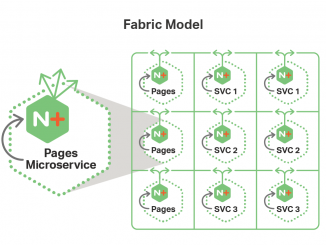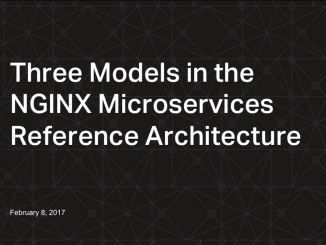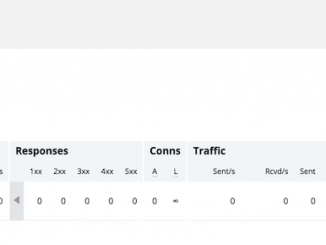
Running Microservices on OpenShift with the NGINX MRA’s Fabric Model
Running Microservices on OpenShift with the NGINX MRA’s Fabric Model table, th, td { border: 1px solid black; } th { background-color: #d3d3d3; align: left; padding-left: 5px; padding-bottom: 2px; padding-top: 2px; line-height: 120%; } td { padding-left: 5px; padding-bottom: 5px; padding-top: 5px; line-height: 120%; } td.center { text-align: center; padding-bottom: 5px; padding-top: 5px; line-height: 120%; } Kubernetes has become a popular container platform for running microservices applications. It provides many important features, such as fault tolerance, load balancing, service discovery, autoscaling, rolling upgrades, and others. These features allow you to seamlessly develop, deploy, and manage containerized applications across a cluster of machines. Red Hat’s OpenShift 3 is a container platform built on top of Kubernetes. OpenShift extends Kubernetes with additional features and also includes commercial support, a requirement for many enterprise customers. In this blog post we will show you how [ more… ]




